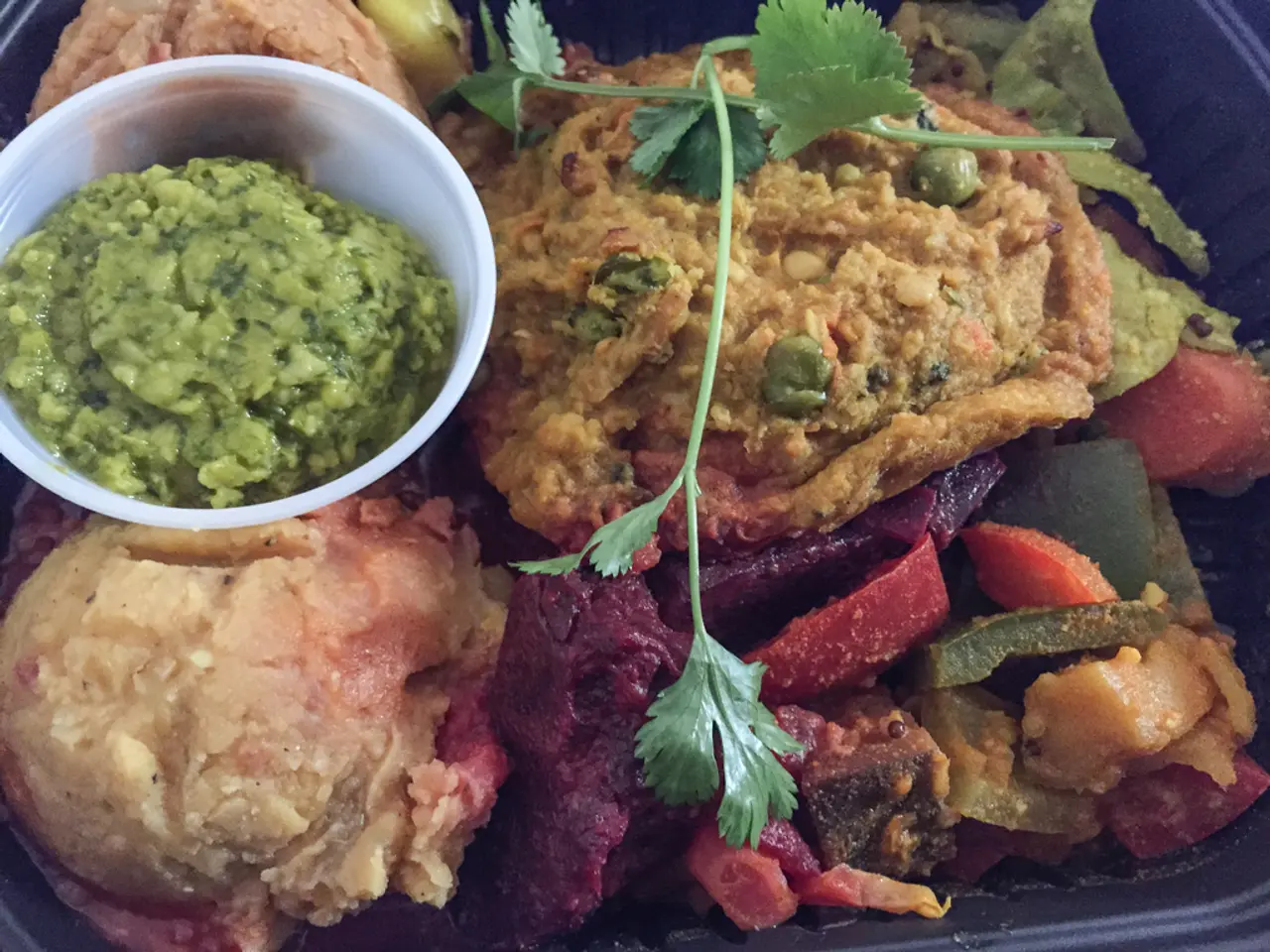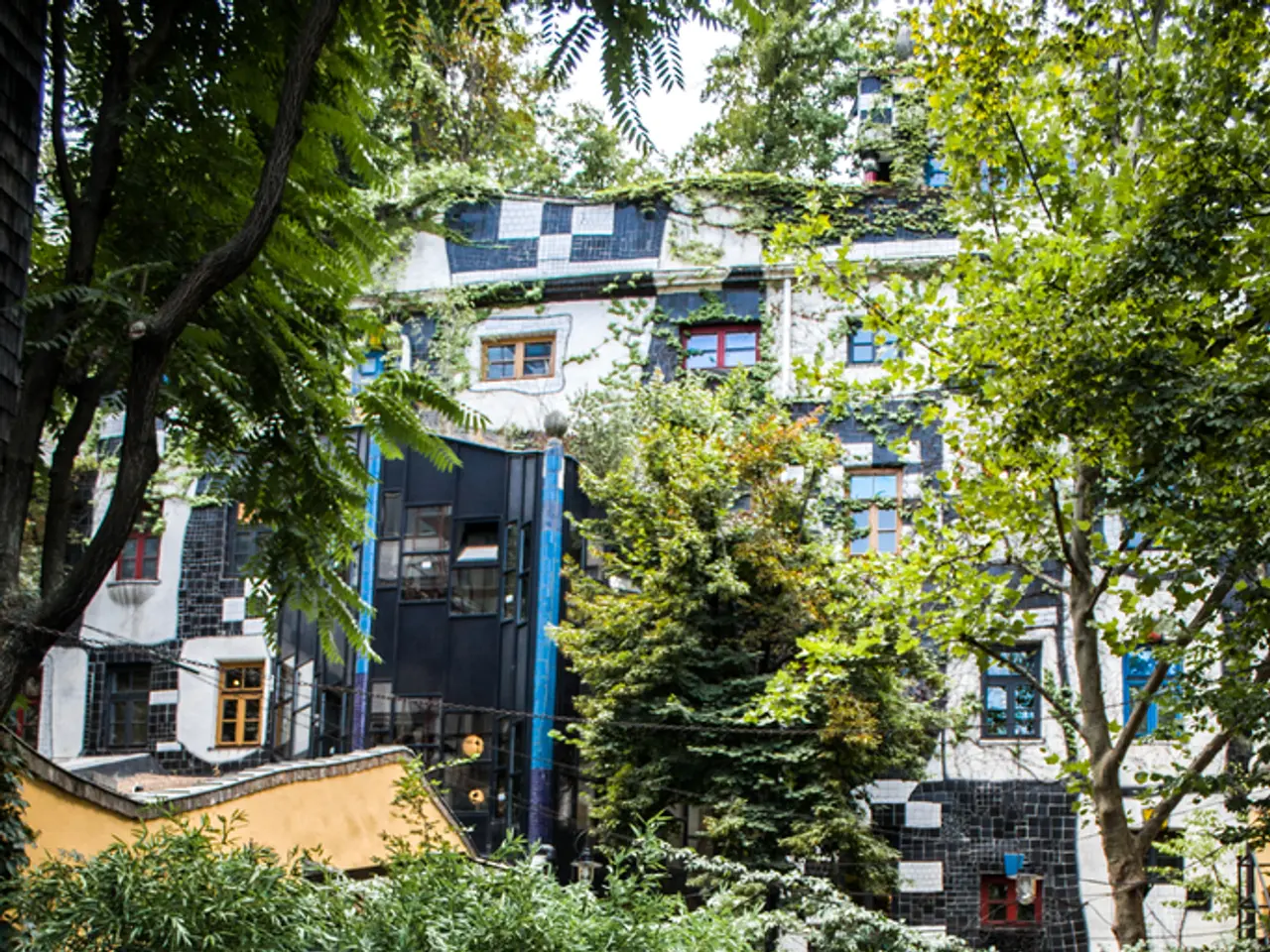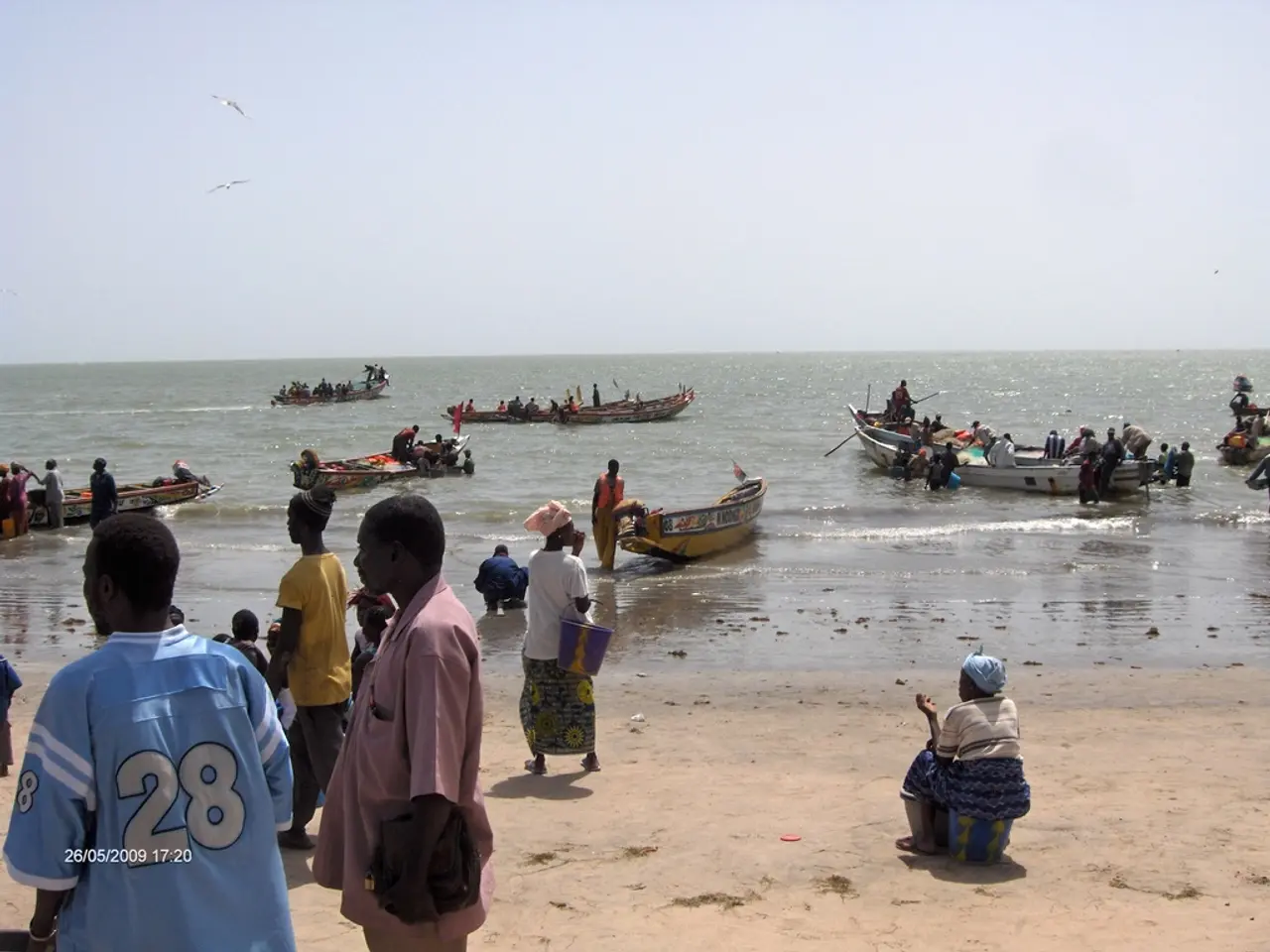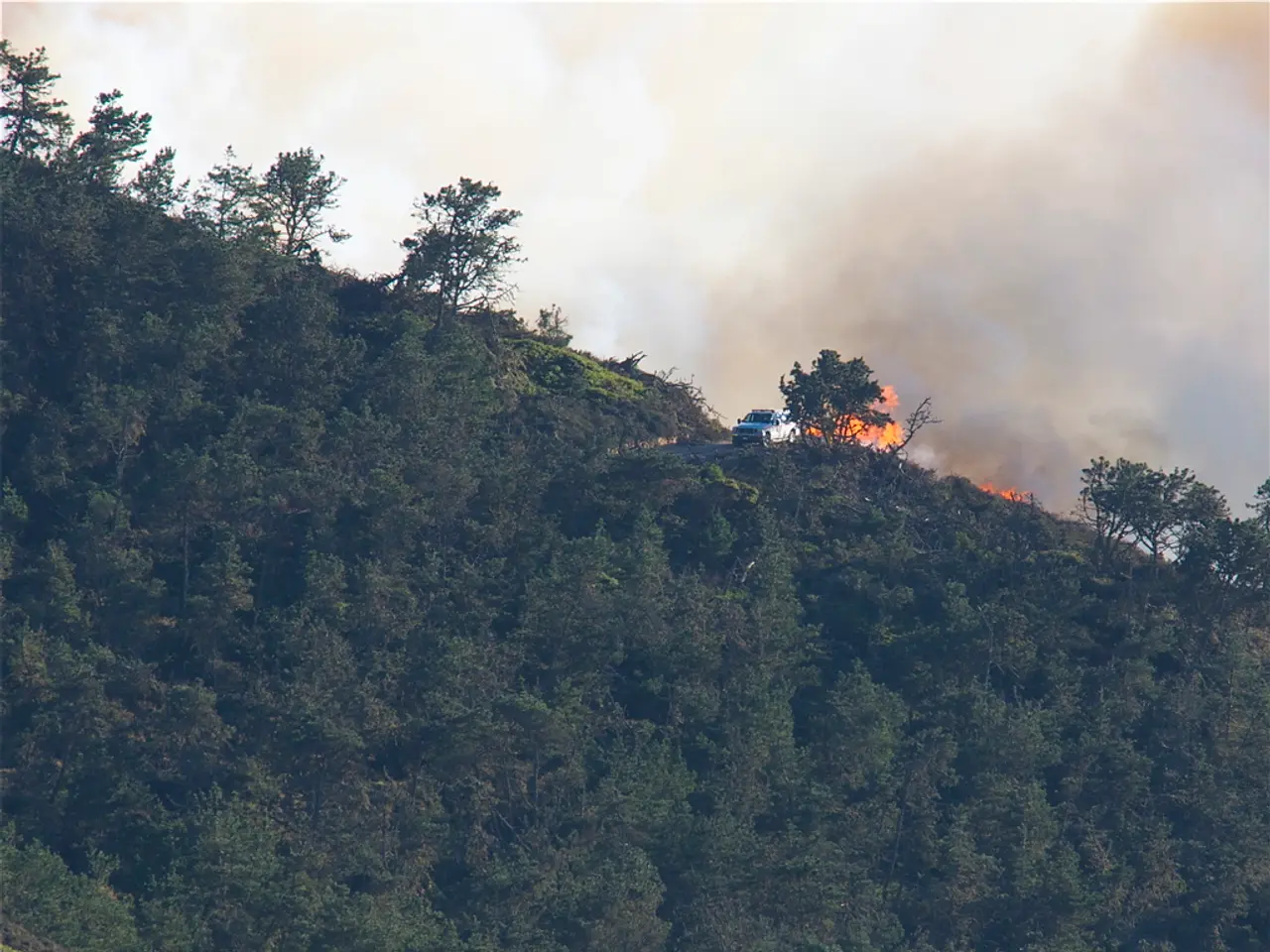Vietnam establishes national guidelines to propel the lucrative billion-dollar durian trade nationwide
Vietnam Strengthens Food Safety Regulations for Durian Exports
Vietnam has established a new, comprehensive food safety regulatory framework for fresh durian exports, aiming to enhance traceability, safety, and compliance with importing countries' requirements. The framework, outlined in Decision No. 3015 dated August 2025, covers the entire supply chain from cultivation to export [1][2].
Key aspects of the food safety standards and certification processes include:
- Inspection and Monitoring: All durian growing areas and packaging facilities must be inspected, monitored, assigned unique identification codes, and officially listed by Vietnamese authorities in coordination with importing countries. Sharing of identification codes is prohibited to ensure traceability and prevent export restrictions [1][3].
- Compliance with Food Safety Laws: Cultivation facilities must comply with the Law on Food Safety and adhere to limits on heavy metals, pesticide residues, and other contaminants, aligned with national technical regulations like QCVN 8-2:2011/BYT [2][3].
- Periodic Assessments and Certifications: Even farms and facilities holding international certifications such as VietGAP, GlobalGAP, HACCP, or ISO 22000 must undergo periodic reviews, inspections, or sign and comply with safety commitments under the new regulations [1].
- Responsibilities Assigned Along the Supply Chain: Packaging facilities hold primary responsibility for the safety of input materials. Storage and transportation phases have clearly defined accountability to maintain freshness and hygiene [1].
- Food Safety Certification for Export Shipments: Exporters must obtain official food safety certificates issued by Vietnamese authorities before shipment if required by the importing country—this involves registration, inspection, sample testing by accredited labs, and official appraisal by provincial-level authorities appointed by the provincial People's Committee [2].
- Monitoring and Enforcement: Provincial Departments of Agriculture and Environment, along with the Ho Chi Minh City Food Safety Authority and others, conduct regular monitoring, random sampling, and handle violations strictly. Monthly reports on certified growing areas and packaging facilities are submitted to ensure transparency [1][2].
- Conformance with Importing Country Standards: For markets like China, exporters must meet enhanced requirements including “batch by batch” testing for contaminants like cadmium and organic residues before export, otherwise shipments can be rejected or destroyed, affecting export volumes [5].
The new regulation marks the country's first nationwide regulatory framework for a high-value agricultural product generating billion-dollar export revenue annually [4]. In the first half of 2025, Vietnam's agricultural sector showed promising signs with a total export turnover of $33.84 billion, up 15.5% year-on-year [6]. Last year, Vietnam's fruit and vegetable exports hit a record $7.12 billion, up 27.1% year-on-year [7].
As Vietnam's imports and exports shift due to green trade revolutions, government policy, and global trends, all stakeholders along the durian value chain must adhere to standardized procedures and are subject to monitoring by local regulatory authorities [8]. Violations of food safety standards may lead to tighter import controls [9].
The document outlines the official process for issuing food safety certificates for export-bound durian [3]. Frozen durian shipments tripled from the same period in 2024 [10]. Vietnam's agricultural trade ties are being boosted with Singapore [11].
References:
- VietnamPlus
- VietnamNet Bridge
- Vietnam News Agency
- Vietnam Insider
- Xinhua News Agency
- Vietnam News Agency
- Vietnam News Agency
- Vietnam Insider
- Vietnam Insider
- Vietnam Insider
- Vietnam Insider
- The new food safety regulatory framework for fresh durian exports in Vietnam aims to promote sports and outdoor activities by ensuring the safety and quality of a high-value agricultural product.
- To comply with the regulations, all durian farming areas and packaging facilities need to maintain clean and hygienic environments, similar to the standards required for sporting facilities to encourage a healthy lifestyle and fitness.








